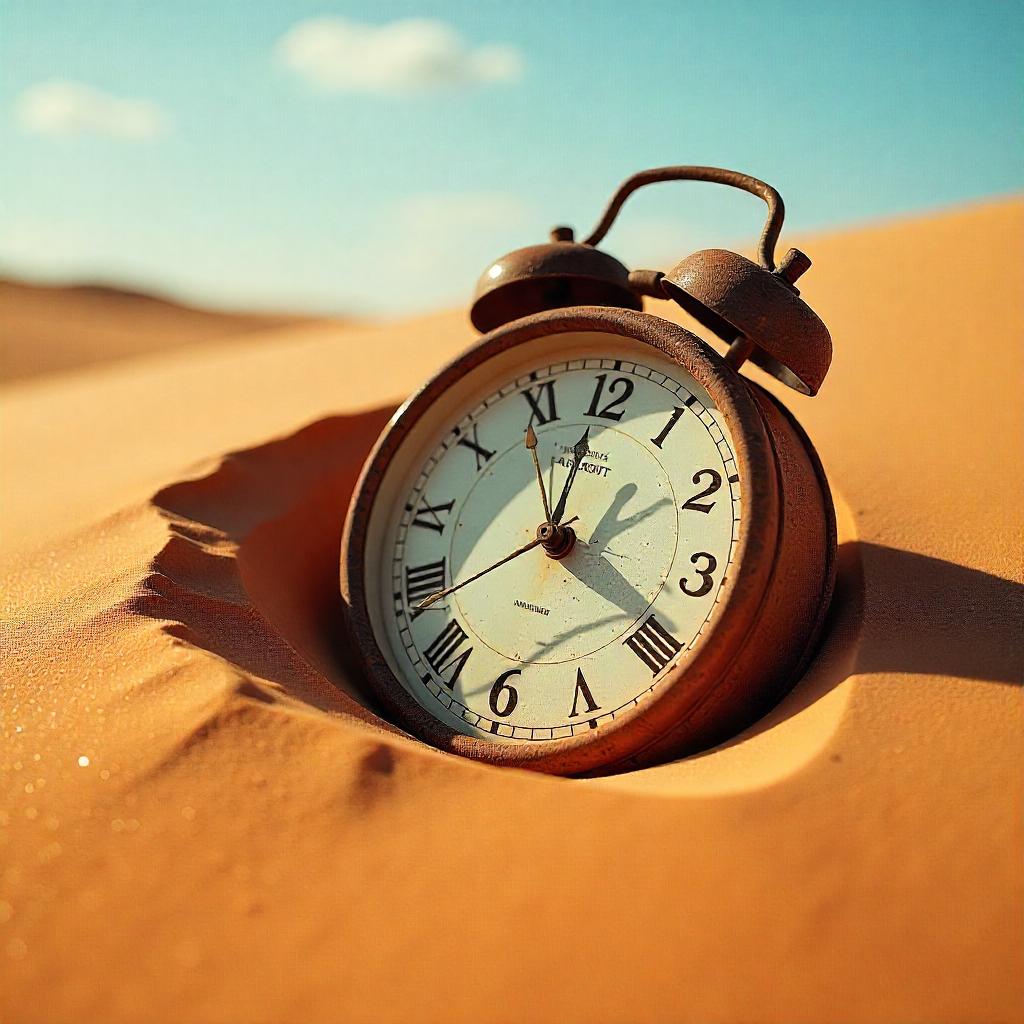The old typewriter in my father’s study always woke up during the rainy season. The brass knobs developed a mossy green rust, and when the south wind swept over the dusty rollers, the letter hammers made of pig iron murmured with the soaked ink ribbons, and struck out Proustian codes in the silent midnight. These years, frozen in the joints of machinery, are like the reverse growth of the wheel of years, pushing us deeper into the folds of time.
Beneath the white tin signboards of antique bazaars, film cameras are flashing their limelights. A young man rubs the leather folds of a Seagull DSLR like he is touching the yellowed lace of his grandmother’s trousseau. When eyes washed over by the digital wave gazed at the viewfinder frame again, those images that had to wait for the developer to nurture them had more texture than the instantly rendered 4K images. The college student I met in the darkroom said that the silver salt particles unique to film reminded him of the cotton lint raised by his grandmother when she was nailing the soles of her shoes in his childhood, and that “those unknowns fermented in the waiting process are the real developer of photography.
In a café converted from an old textile factory on the banks of Suzhou Creek, the brass horn of a gramophone is spitting out the melody of “Shanghai at Night”. The girls in chambray are using their smartphones to photograph the pulling of mocha surfaces, while the woof maker in the corner is ironing gold threads with the steam of a latte. This temporal overlay reminds me of the Nishijin Weaving Workshop in Kyoto, where young apprentices worship Edo-era weaving shuttles next to a laser cutter, and where electronic designs share the same workbench as a wire-bound book of Tengo Kaido. Traditional crafts are no longer museum specimens, but ancient roots sprouting new shoots.
The most touching encounter took place at a Berlin flea market. Silver-haired old men show me vacuum tube radios converted into Bluetooth speakers, the tubes in their glass covers like amber-sealed fireflies.” “The Germans after World War II melted bomber wreckage into bicycle skeletons,” he says, turning knobs as Shostakovich’s symphonies flow from wooden resonance boxes, ”and now kids are putting smartphone chips into steampunk casings, so how is this not another kind of rubble reconstruction?”
On the south bank of the Thames in London, where Victorian gas lamps dance with holographic projections, I suddenly read the metaphor of the retro wave: the pendulum of an old-fashioned clock always points to the present moment, and the moment of the hourglass turning over is eternity. The edges of those old things that we rubbed over and over again are casting a non-slip pattern for this smooth digital age. When 3D-printed rococo ornaments are wrapped with quantum chips, and when the ribbons of Dunhuang’s flying skies are transformed into the streamlines of satellite fairings, mankind has found the most marvelous fulcrum in the corridor of time and space – using memories as a lever, which can not only pry up the infinite possibilities of the future but also let the fading starlight flow in the palm of our hands again.
